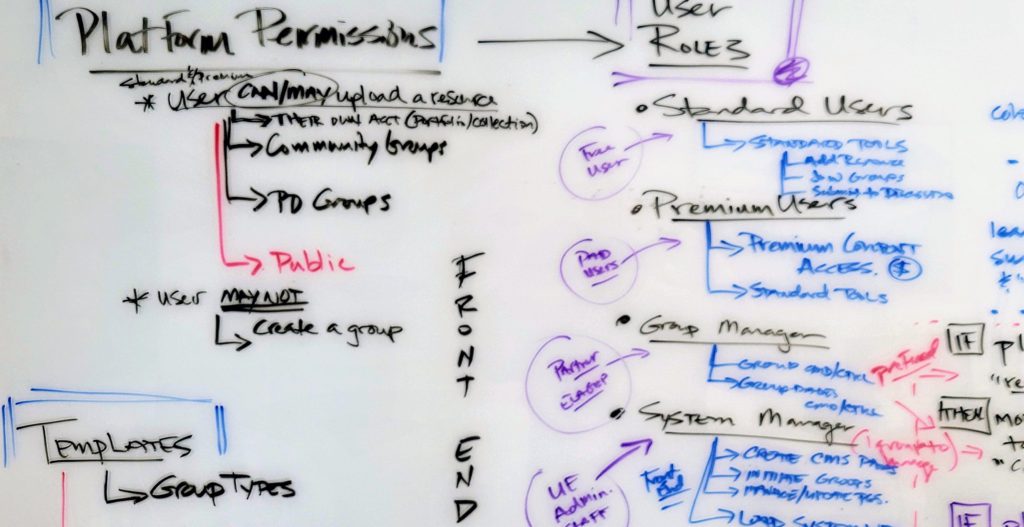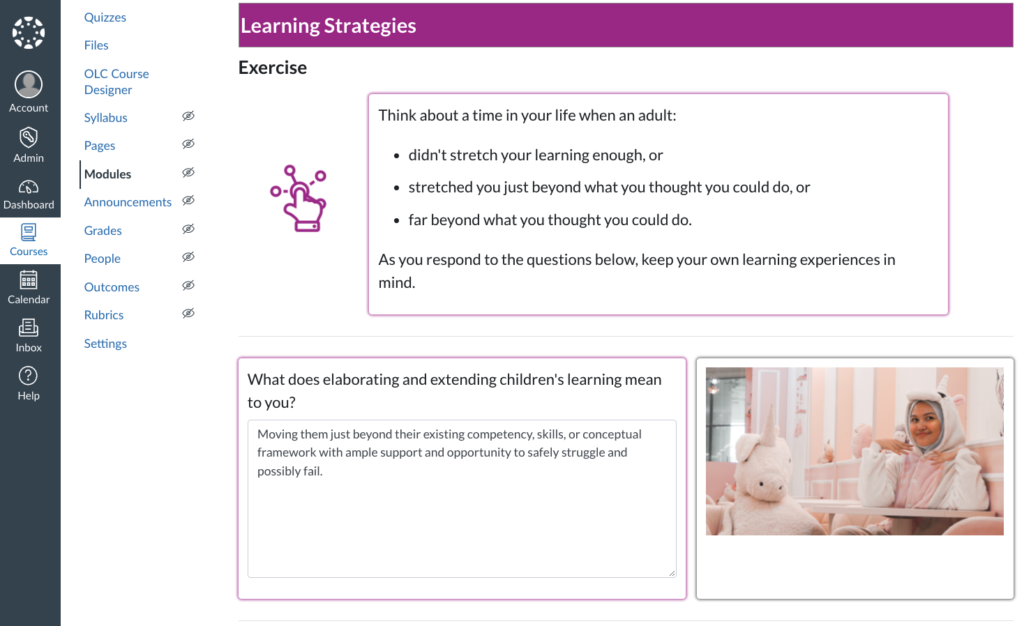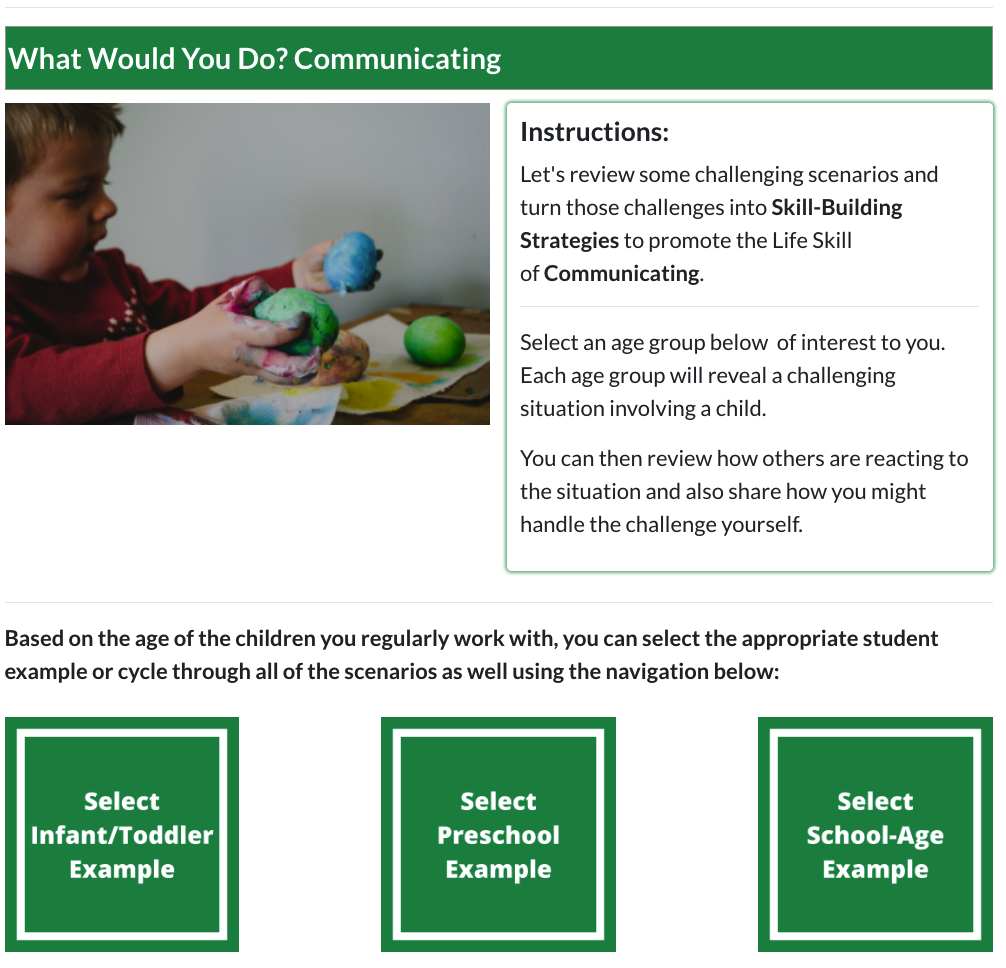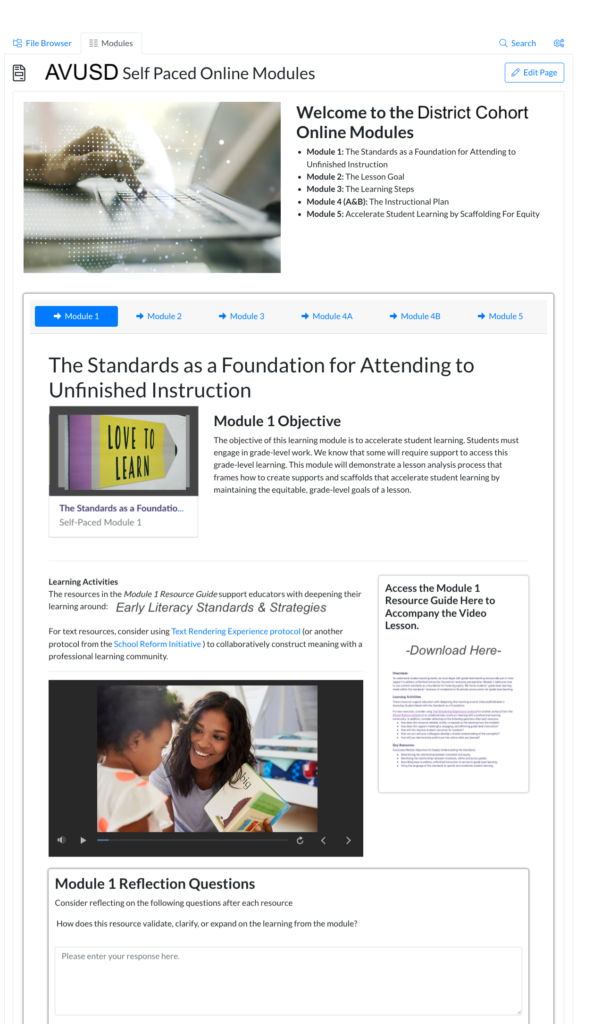We have been working the better part of the last year with 3 very big, yet very different partners all pushing to enhance and optimize their operations via digital coordination, collaboration, and resource sharing environments.

Recent white-board session with client project to create custom permission levels/roles in relation to resources/content/coursework access and management for national PD program operations.
-The first team is working to envision, design, and implement innovative new Professional Development programs with districts across the United States and their program designers are erupting with creative ideas, bold new formats for engagement, and deep integration with day to day classroom practice.
-The second group is part of a large, very visible foundation charged with creating and publishing a highly sought-after, research based series of modules for both national and international distribution partners that collectively utilize many diverse LMS platforms and non-LMS methods in their respective states or countries.
-The third client is working to forge a statewide, community of practice connecting all their educators and programs across the largest and most diverse state in the U.S.
—————————————————————————————————————————————————————————————————————–
The work has ran the gamut from traditional digitization and tagging strategies for existing resources to complex, specialized content authoring and permission-based access protocols to thread specific outreach and support to specific audiences. Yet, despite their distinctly unique objectives and targeted constituents, all 3 project teams have come to some common points of discord with the LMS tools they initially believed would be the core architecture underpinning their efforts.
Here are some of the top LMS customization “asks” we’ve received from our clients collectively this year as they attempt to stretch the capacity of a fairly simple piece of software that was primarily designed to author and distribute basic course content to identified rosters of learners:
- How can we address learning content distribution needs that require us to push common coursework across various LMS and non-LMS environments with different “learner engagement tools”?
- How can we create a non-linear sequence through a single course to provide different content pathways for different learners with different needs based, or based on different roles or pre-existing skills?
- How do we more naturally blend a page of learning content with discussion posts, quizzes, open-ended reflective questions instead of structuring them all separately from one another?
- How do we extract and structure a collection of digital resources (handouts, illustrations, videos, diagrams, maps, org charts, workflows, etc.) that are embedded throughout the pages of a course into a separate directory of resources that are searchable and usable beyond just one course or entirely as stand-alone resources independent of any course?
- How do we create and tag a directory of content resources in relation to common search indexes our educators regularly use like simple grade levels, or basic instructional subject directories like Math, English, History, or by Academic Content Standards, etc…to allow our users to easily search, browse, find of find precise materials, resources, and courses our teams have curated?
- How do we allow open groups of learners taking a “course in common” access to one another beyond the coursework itself to share adaptations to the resources they’ve received, compare implementation strategies they’ve learned, and engage in communication and collegial collaboration beyond a discussion board?
- Can we open up a discussion tied specifically to given resource within a course-structure that anchors to the resource itself and can be accessed by other learners of other courses using the same resource?
- How do we allow learners continued access to a given course or course-series and all of the materials they encountered in the course and all of the deliverables they generated within a course without having to continue to purchase “access” for them as an active participant beyond the course completion dates within our LMS environment?
- How do we provide a more intuitive navigation menu for a course that identifies modules and pages and tracks where a learner last left-off or shows a progress indicator to help learners see how much as been completed?
- How do we more easily allow educators to share with other educators not at their school or district, using materials formats that can be integrated into all of the various instructional content authoring and delivery applications that any of them are using to connect with their own students?
In defense of Canvas, Blackboard, D2L, Moodle, and other popular Learning Management Systems, they weren’t designed nor profess to do many of these things.
They are, as stated, Course Management tools. As such they are designed to build basic Courses, store Courses, manage distribution and rostering for those Courses, and report basic user performance and completion of those Courses.
And while you can “creatively cajole” an LMS to move beyond basic content authoring and distribution to a degree, these platforms represent an ill-suited and often expensive approach to:
- Creating a directory of webpages about your program that get packaged as a “course”. (It is not a Web CMS tool.)
- Building out pages of unorganized, unsearchable links to web resources for use within specific subject areas at specific grade levels. (It is not a Resource Repository.)
- Making a library of webinars for educators to access any one of 100’s of recorded one hour PowerPoint presentations on “Engaging, Online Learning” from 6 months ago. (It is not a media/content streaming and management tool.)
- Providing students access to asynchronous learning content devoid of authentic and timely interaction with one another and their teacher. (It is not an adequate stand-in for teacher/student and peer to peer interaction.)
However with this said, we have found that many LMS platforms can be “a piece of a comprehensive solution” and can also be customized in meaningful ways to work better for programs that want to be more imaginative, creative, and innovative in blending good human-based programs with digital support environments for extended collaboration, communication, and resource sharing.
Working with our partners, we have helped them to integrate much more nuanced blends of content, contextualized learner input, and integrated media and resources. We’ve created frameworks that untether content authoring and design from the LMS, allowing the content to work more fluidly to express the learning design wants of the professional development design team while allowing the LMS to manage the more perfunctory tasks of distribution and rostering.

Canvas content fashioned with integrated learner annotation/response fields and custom layouts and color-sequencing.
This approach of course, allows a given body of learning content to be published across multiple LMS platforms while allowing the program leads a single point to edit/update that content and then actively push those changes across all the various implementation locations.

Multiple course navigation options for learners based on unique content pathways specific to their needs.
Additionally our clients can turn off certain constructs within various platforms that introduce restrictions to custom navigation pathways, or have content organizational structures that introduce more effective learner flows and learner pathways our clients want to present to their audiences.

Content customization and layered “in page” module progressions as alternative to LMS forced course>module>page architecture.
We are happy to see teams moving from compromising their instructional design and support ideas to a more proactive approach in holding their technology accountable to their best-thinking on engaging learners and pushing for more effective solutions.
We are also excited to see more teams look at methods to blend quality direct support training/learning models with robust, embedded online environments to expand access to critical materials and resources and extend communication and collaboration opportunities between and amongst educators and PD facilitators and coaches.
If your team is looking to expand your digital support capacity and optimize your outreach and coordination efforts, we are always happy to provide you a general assessment and some approaches to consider.

